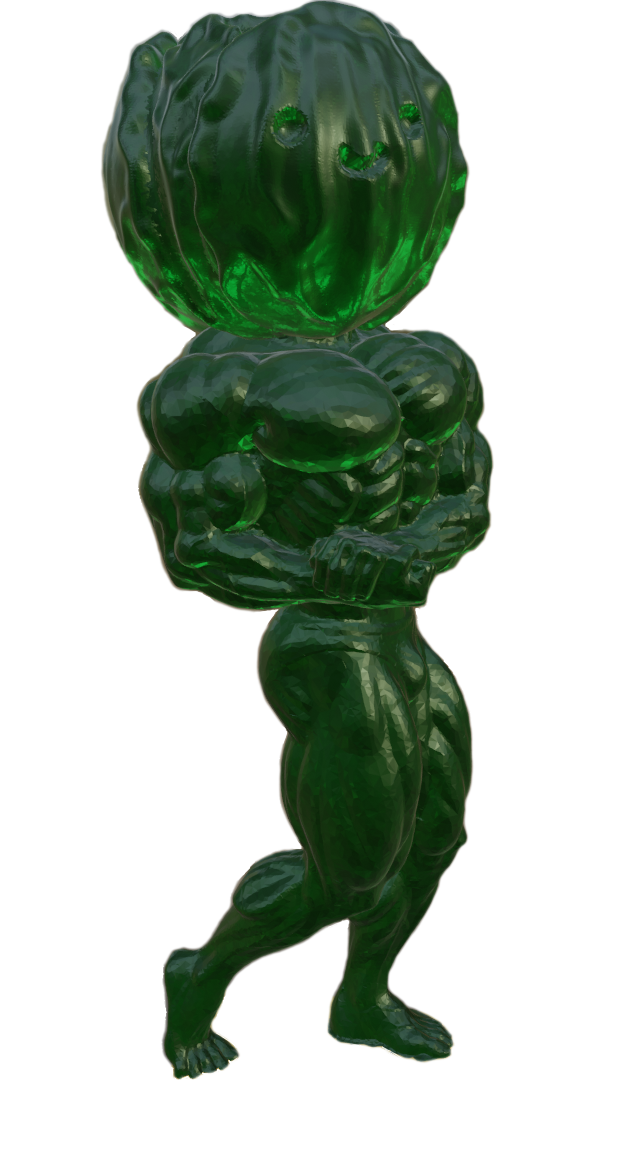Because titanium and gold by themselves are among the most biocompatible metals and are often used in medical implants, the team believed titanium-3-gold would be comparable.
Hum… titanium is biocompatible in part because it passivates extremely well while gold does exactly the opposite : it doesn’t react with oxygen. So, what happens when combining the two ? …
In fact, tests by colleagues at the University of Texas MD Anderson Cancer Center in Houston determined that the new alloy was even more biocompatible than pure titanium.
Ha ! Very good then 👍.
what the heck is passivating? That word has no cromulence for me.
Passivation (chemistry)
Passivation is the use of a light coat of a protective material, such as metal oxide, to create a shield against corrosion.
Titanium, aluminum, chromium, nickel and many other metals passivates rapidly in the presence of oxygen and water.
Thank you. I enjoyed https://en.wikipedia.org/wiki/Passivation_(chemistry). I don’t see the opposite nature though as being to incongruous as the material that passivates does so such that it never really is utilized without its coating while the non passivating just never gets the coating. In both cases, in the state they are utilized, they are very unreactive.
I think I get what you say : if I take your words, you could say 2 metals are “opposite in nature” in the sense that they would form a galvanic couple that would (that may) in certain conditions, inhibit the passivation.
This can happen to alloys (as well) as follows. Start with a piece of stainless steel that passivates well. Now, heat it at about 500 degrees Celsius. Doing this, you produce chromium carbide precipitates around which the alloy is depleted in chromium and though enriched in iron. The result is that, after this treatment, you would notice the metal now corrodes and rust dots appear on the surface.
Sounds cheap.
I only looked at it briefly, but hardness isn’t necessarily what you’re looking for. Not a lot of grinding inside someone’s body, but I bet warping is common.
So this is apparently a 7 year old article. I wonder if there was any follow up research for larger production or maybe even commercial applications.





